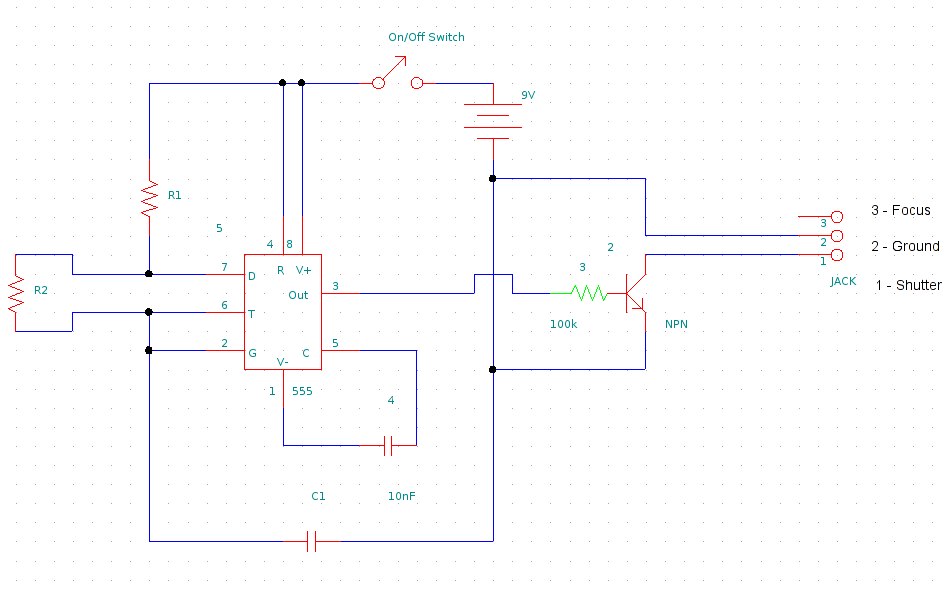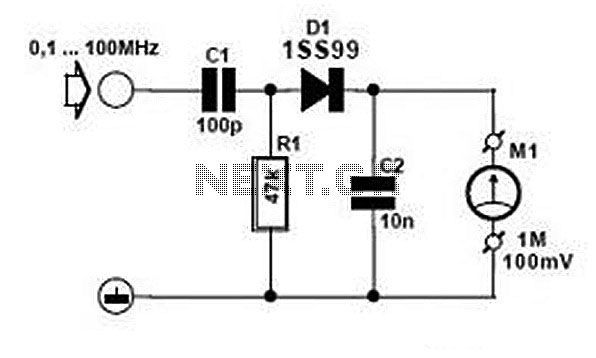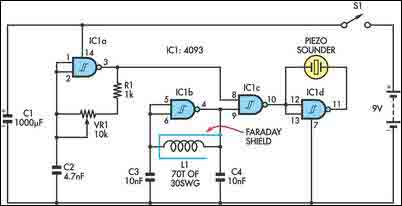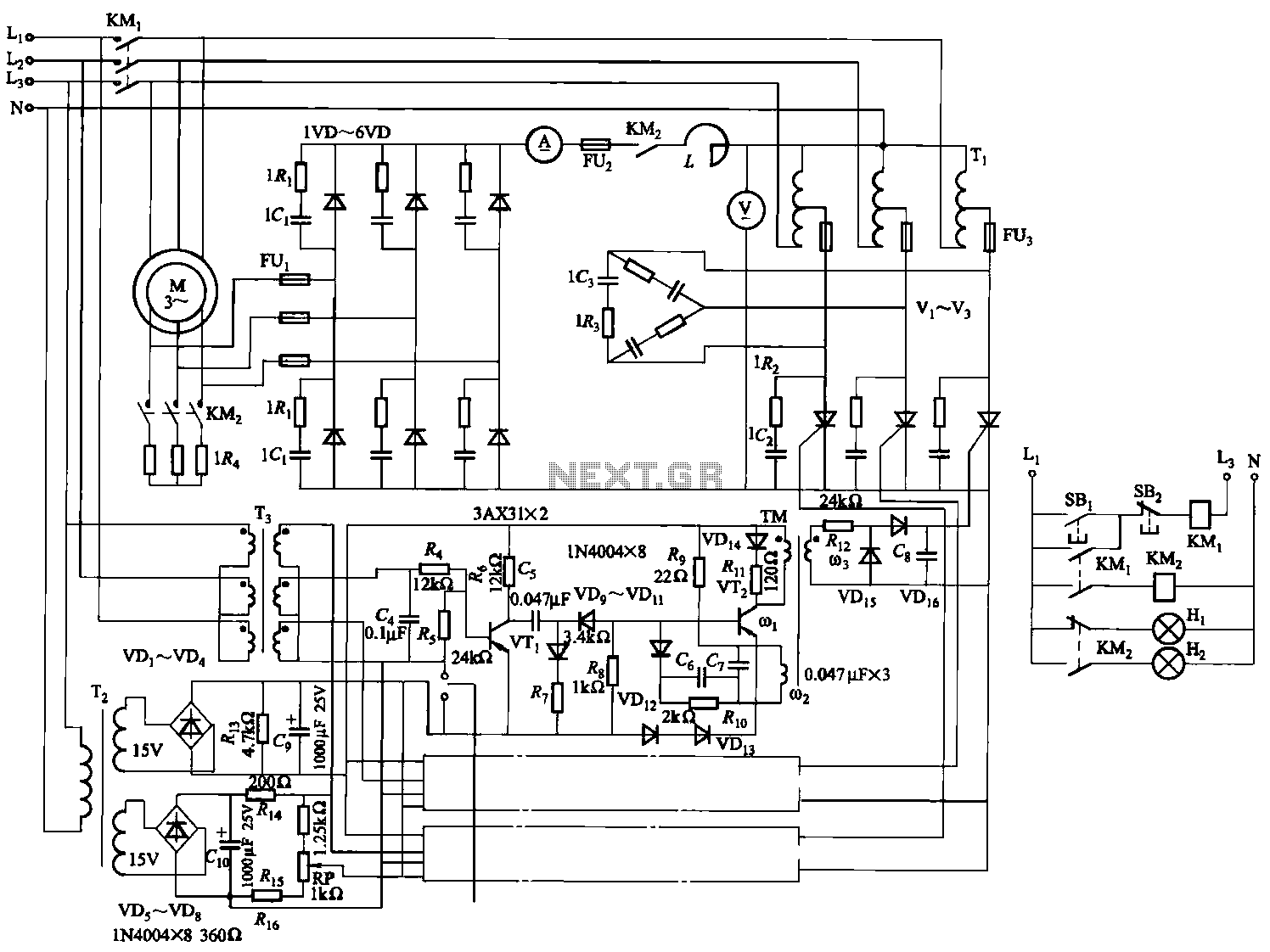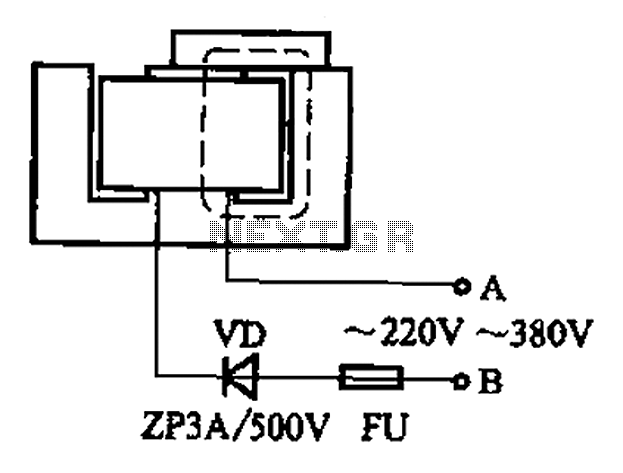
Using current feedback amplifier circuit of LM1875
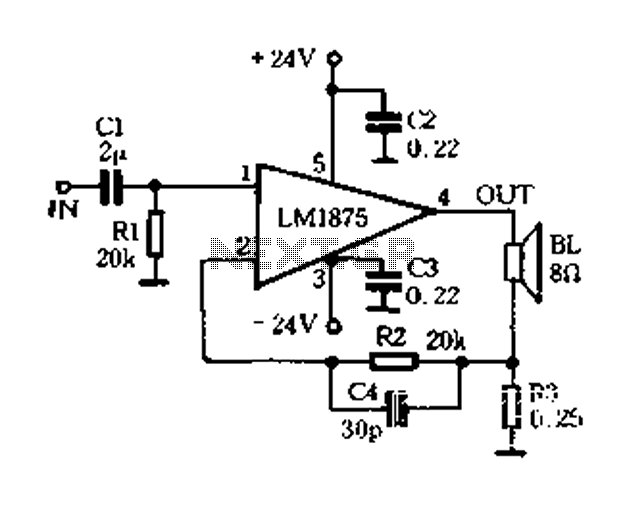
A current-sense amplifier is utilized to enhance the performance of the LM1875 current-mode amplifier circuit, as depicted in Figure 5-20. The resistor R3 and the series resistance of the speaker contribute to the current flowing through R3. This current generates a voltage across the feedback input through R2, forming a feedback voltage on the output that is proportional to the current in R3. The configuration employs negative feedback, which increases the amplifier's output impedance while reducing damping in the circuit. The network mitigates the so-called Joubert effect, with only capacitor C4 used for lead compensation. Although R2 does not fully feedback the output current to the negative input, it effectively prevents adverse effects from excessive feedback inputs. Additionally, it balances the positive and negative input bias terminals, eliminating DC offset at the output terminal. Initially, two small resistors of 0.22 ohms are connected to ground, with a grounding resistance of approximately 6 ohms. After bending and soldering, the 24V power supply line and output line are directly connected to the input terminals. A short circuit is created at the welding position of the loudspeaker's resistance for power testing, ensuring that the output voltage remains below 100mV offset for nearly half an hour. The input can be disconnected after shorting and connecting the speakers.
A current-sense amplifier is designed to accurately monitor and amplify the current flowing through a load, which in this case is a speaker. The LM1875 integrated circuit is configured in a current-mode setup to leverage its high performance for audio applications. The resistor R3, placed in series with the speaker, serves as a sensing element, allowing the amplifier to derive a proportional voltage that reflects the current through the speaker.
The feedback loop formed by resistor R2 is critical for maintaining the stability and accuracy of the amplifier. This feedback mechanism ensures that the output voltage corresponds accurately to the sensed current, which is essential for applications requiring precise current measurements. The use of negative feedback enhances the amplifier's output impedance, which is beneficial in maintaining signal integrity across varying load conditions.
Capacitor C4 is implemented for lead compensation, which helps to stabilize the amplifier and mitigate potential oscillations that can arise due to phase shifts in the feedback loop. Although R2 does not completely feedback the output current to the negative input, it plays a vital role in preventing detrimental effects from excessive feedback, thus ensuring the circuit operates within safe parameters.
The balancing of the positive and negative input bias terminals is crucial for eliminating any DC offset at the output, which could otherwise distort the amplified signal. The initial setup involves connecting two small resistors of 0.22 ohms to ground, establishing a reference point for the circuit. The grounding resistance is kept at approximately 6 ohms to maintain consistency in the measurements.
During the assembly process, the 24V power supply line and output line are soldered directly to the input terminals, allowing for efficient power delivery to the amplifier. A short circuit is created at the welding position of the loudspeaker resistance for testing purposes, enabling verification of the output voltage. The design ensures that the output voltage remains stable and below 100mV offset, confirming the amplifier's reliability over extended operation periods. After confirming the proper functioning of the circuit, the input can be disconnected, and speakers can be connected for normal operation.Current-sense amplifier to listen better t use amplifier IC LM1875 current-mode amplifier circuit shown in Figure 5-20. FIG resistor R3 and the speaker BL series resistance t i s small, the speaker of the current flowing through the flow through R3. In its sampling generated across the feedback input through R2 forming a voltage on the output feedback voltage proportional to the current in R3 amplifier end, the composition of the current negative feedback, the amplifier output impedance rises t while reducing damping circuit © the network canceled the so-called Joubert, only C4 for lead compensation. R2 is provided, although then the output current is not fully feedback to the negative input of the feedback, but indeed preventing stop the harmful effects of the large amount of feedback inputs generated; t the same time also make the positive and negative input bias terminal balanced to eliminate output terminal DC offset.
On the first, feet two small welding 0. 22 r -JI; F capacitance to their other end welded together as ground resistance grounding of about 6, are bent after welding at this point. 24V power supply line and the output line soldered directly related to the input terminals of the feet daily exchange of short circuit in a welding position the loudspeaker BL ion resistance, power testing ground output voltage 9 as described later, and less than half an hour almost no lOOrnV offset, you can disconnect the input shorting t connect speakers to.
A current-sense amplifier is designed to accurately monitor and amplify the current flowing through a load, which in this case is a speaker. The LM1875 integrated circuit is configured in a current-mode setup to leverage its high performance for audio applications. The resistor R3, placed in series with the speaker, serves as a sensing element, allowing the amplifier to derive a proportional voltage that reflects the current through the speaker.
The feedback loop formed by resistor R2 is critical for maintaining the stability and accuracy of the amplifier. This feedback mechanism ensures that the output voltage corresponds accurately to the sensed current, which is essential for applications requiring precise current measurements. The use of negative feedback enhances the amplifier's output impedance, which is beneficial in maintaining signal integrity across varying load conditions.
Capacitor C4 is implemented for lead compensation, which helps to stabilize the amplifier and mitigate potential oscillations that can arise due to phase shifts in the feedback loop. Although R2 does not completely feedback the output current to the negative input, it plays a vital role in preventing detrimental effects from excessive feedback, thus ensuring the circuit operates within safe parameters.
The balancing of the positive and negative input bias terminals is crucial for eliminating any DC offset at the output, which could otherwise distort the amplified signal. The initial setup involves connecting two small resistors of 0.22 ohms to ground, establishing a reference point for the circuit. The grounding resistance is kept at approximately 6 ohms to maintain consistency in the measurements.
During the assembly process, the 24V power supply line and output line are soldered directly to the input terminals, allowing for efficient power delivery to the amplifier. A short circuit is created at the welding position of the loudspeaker resistance for testing purposes, enabling verification of the output voltage. The design ensures that the output voltage remains stable and below 100mV offset, confirming the amplifier's reliability over extended operation periods. After confirming the proper functioning of the circuit, the input can be disconnected, and speakers can be connected for normal operation.Current-sense amplifier to listen better t use amplifier IC LM1875 current-mode amplifier circuit shown in Figure 5-20. FIG resistor R3 and the speaker BL series resistance t i s small, the speaker of the current flowing through the flow through R3. In its sampling generated across the feedback input through R2 forming a voltage on the output feedback voltage proportional to the current in R3 amplifier end, the composition of the current negative feedback, the amplifier output impedance rises t while reducing damping circuit © the network canceled the so-called Joubert, only C4 for lead compensation. R2 is provided, although then the output current is not fully feedback to the negative input of the feedback, but indeed preventing stop the harmful effects of the large amount of feedback inputs generated; t the same time also make the positive and negative input bias terminal balanced to eliminate output terminal DC offset.
On the first, feet two small welding 0. 22 r -JI; F capacitance to their other end welded together as ground resistance grounding of about 6, are bent after welding at this point. 24V power supply line and the output line soldered directly related to the input terminals of the feet daily exchange of short circuit in a welding position the loudspeaker BL ion resistance, power testing ground output voltage 9 as described later, and less than half an hour almost no lOOrnV offset, you can disconnect the input shorting t connect speakers to.
